9 GPTs for Guideline Reference Powered by AI for Free of 2025
AI GPTs for Guideline Reference are advanced artificial intelligence tools designed to assist users in understanding, creating, and implementing guidelines across various domains. Leveraging Generative Pre-trained Transformers, these tools are adept at parsing large datasets, learning from context, and generating coherent, relevant content. They are particularly useful in fields where guidelines play a critical role, such as legal, healthcare, and technical standards, providing customized solutions to meet specific informational and operational needs.
Top 9 GPTs for Guideline Reference are: Vascular Second Opinion,APA Assistant (US PhD Developed),CardioRescue Expert,Surviving Sepsis Campaign Guideline 2021 Bot,日本麻酔科学会医薬品ガイドライン ペイン編 Bot,하티NCCN 가이드라인 AI,上腕骨外側上顆炎ガイドライン Bot,Headache Helper,Adult HemOnc Guide
Vascular Second Opinion
Empowering Vascular Decisions with AI

APA Assistant (US PhD Developed)
Streamlining APA Style with AI
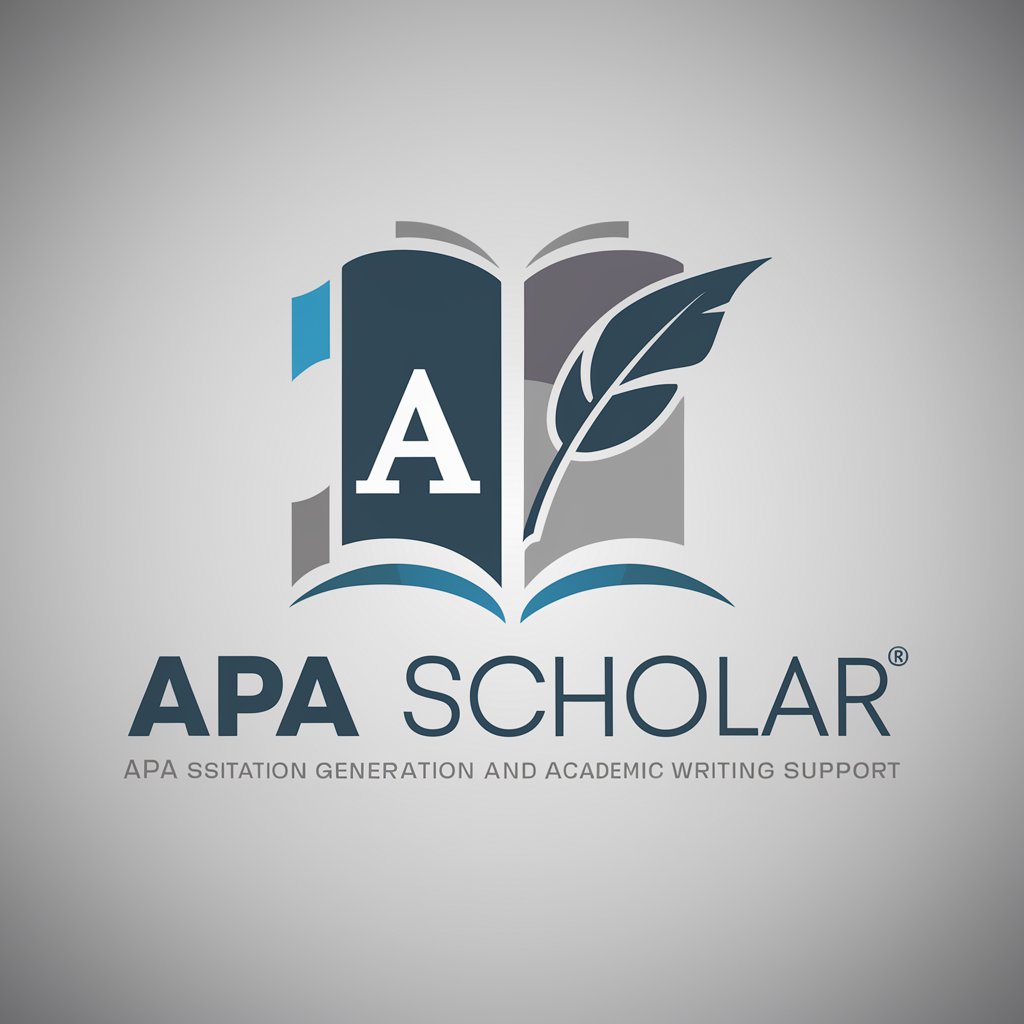
CardioRescue Expert
AI-Powered Resuscitation Guidance
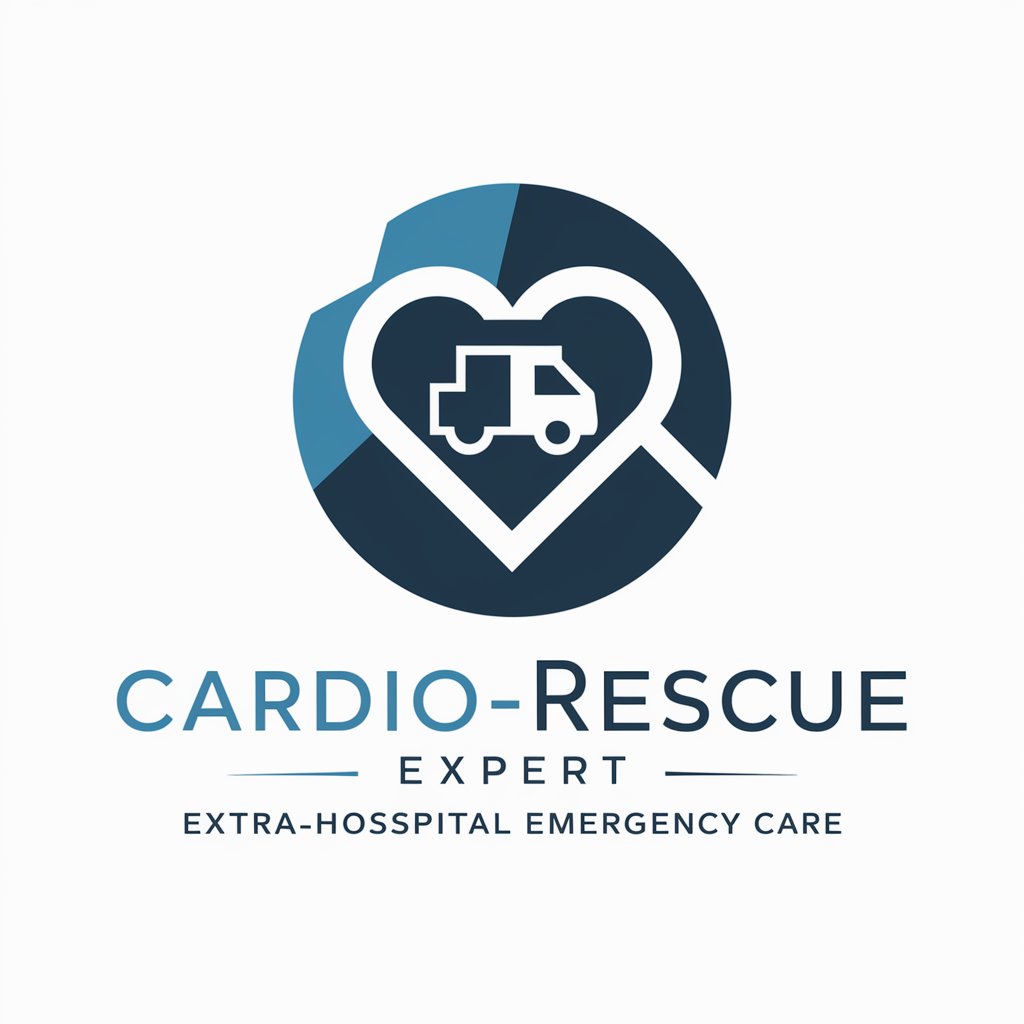
Surviving Sepsis Campaign Guideline 2021 Bot
AI-powered sepsis guideline navigator

日本麻酔科学会医薬品ガイドライン ペイン編 Bot
AI-powered pain management guideline assistant
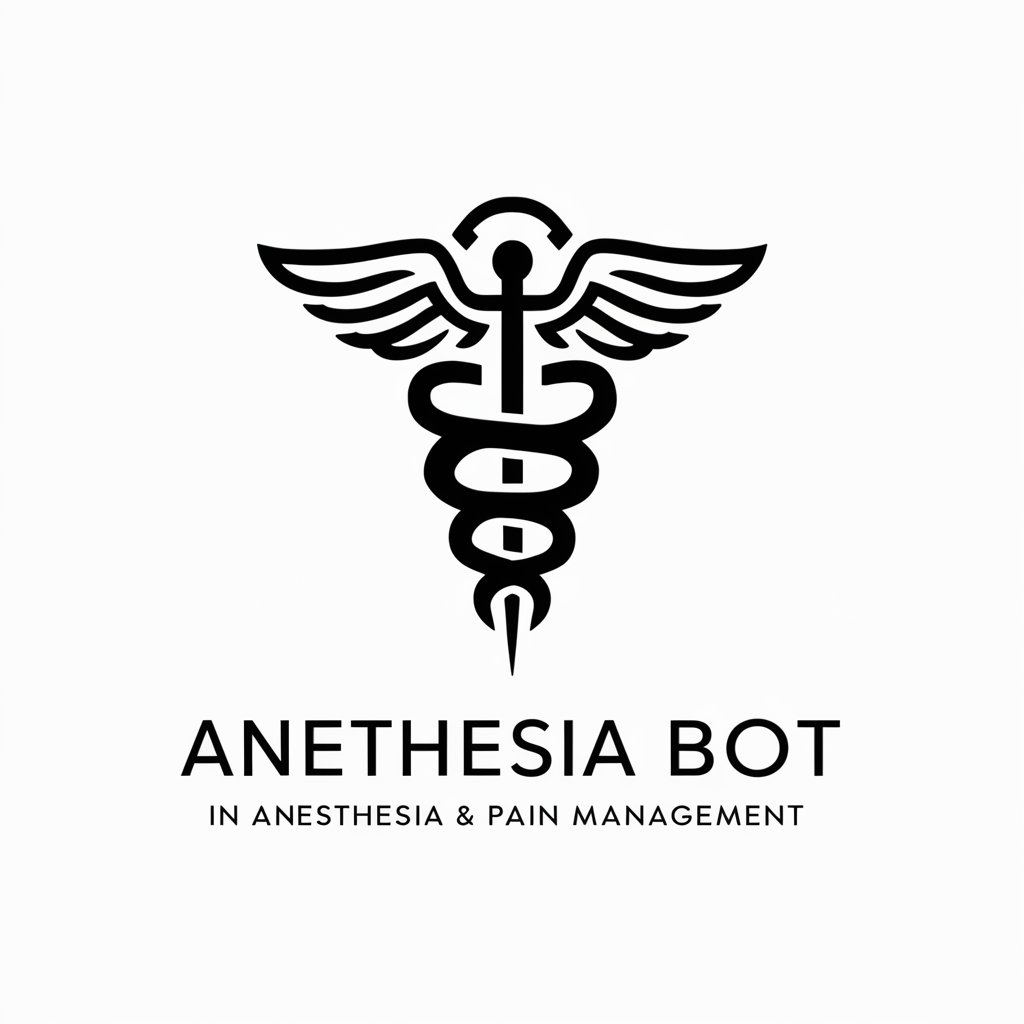
하티NCCN 가이드라인 AI
Empowering Healthcare with AI-driven NCCN Insights

上腕骨外側上顆炎ガイドライン Bot
Evidence-based guidance for lateral humeral epicondylitis

Headache Helper
Empowering clinicians with AI-driven headache insights
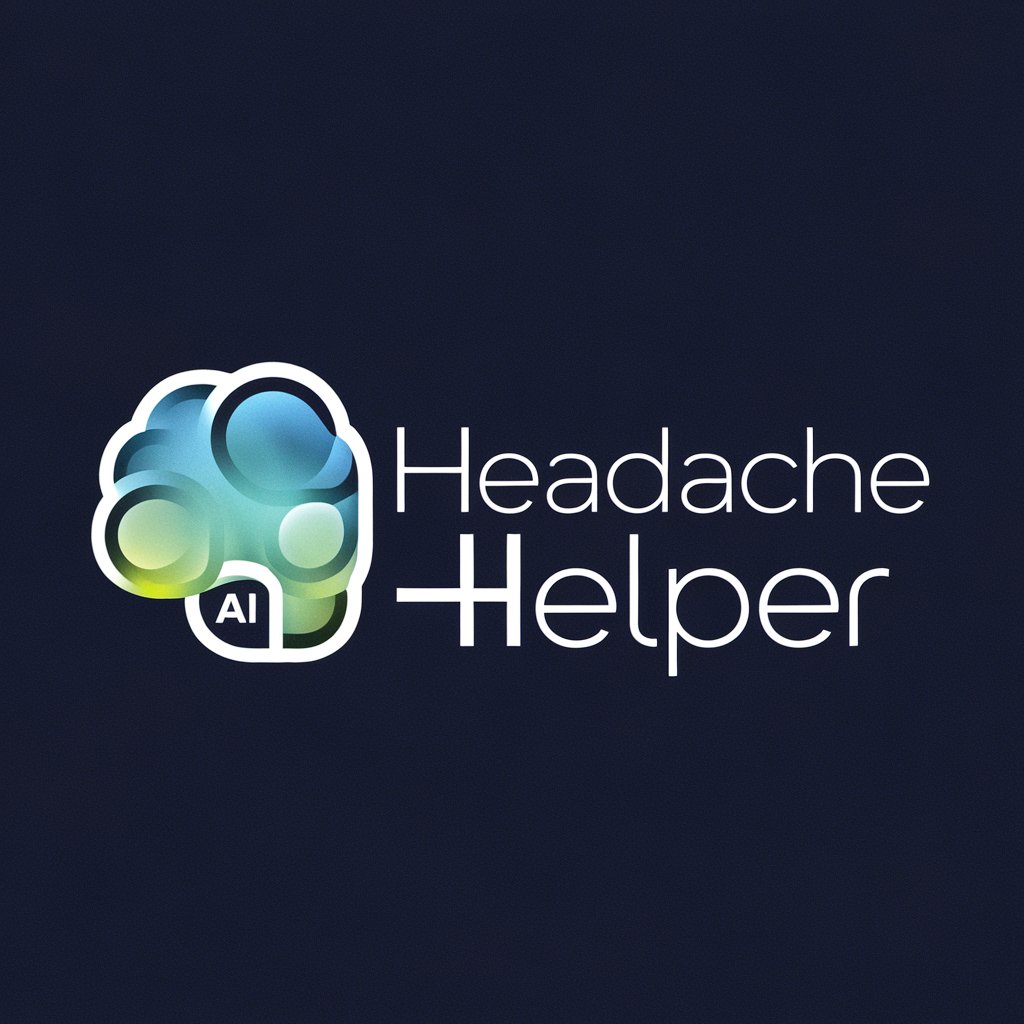
Adult HemOnc Guide
Empowering HemOnc Care with AI
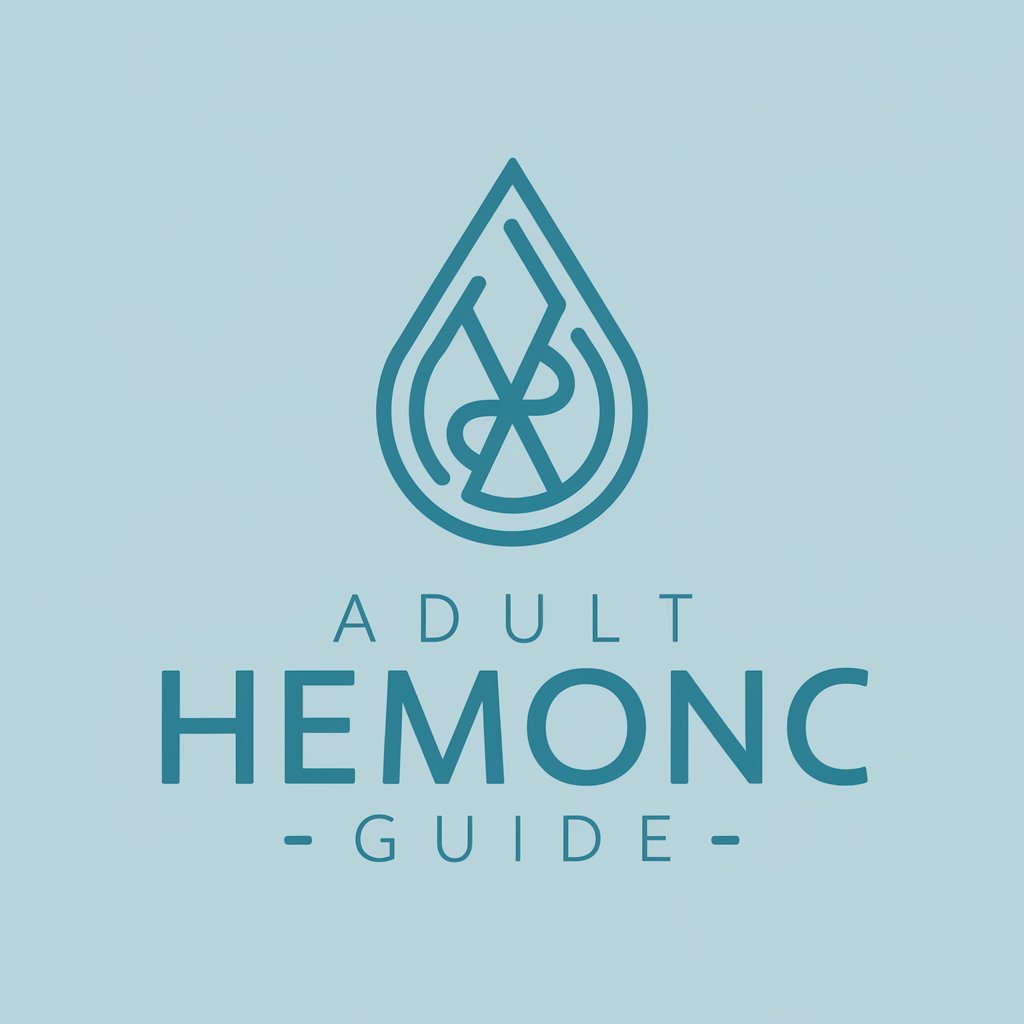
Key Attributes and Functions
AI GPTs for Guideline Reference stand out due to their adaptability and comprehensive capabilities. These tools can handle tasks ranging from simple guideline lookups to the creation of complex, domain-specific instructions. Special features include advanced language understanding for interpreting technical documents, the ability to generate detailed reports, web searching for the latest standards, image creation for illustrative purposes, and data analysis to support decision-making processes. Such versatility ensures that these GPTs can cater to a broad spectrum of guideline-related tasks.
Who Can Benefit
The primary users of AI GPTs for Guideline Reference include novices seeking to understand basic standards, developers integrating guidelines into applications, and professionals requiring in-depth analyses of specific protocols. These tools are accessible to individuals without programming skills, offering straightforward interfaces, while also providing extensive customization options for those with technical expertise, ensuring a wide range of users can leverage their capabilities.
Try Our other AI GPTs tools for Free
Condition Analysis
Discover AI GPTs for Condition Analysis: Tailored AI solutions transforming data into actionable insights for healthcare, finance, and environmental analysis.
Channel Growth
Explore AI GPTs for Channel Growth: innovative tools designed to amplify your digital presence through smart content creation, analytics, and audience engagement.
Monetization Help
Discover how AI GPTs for Monetization Help can transform your revenue strategy with tailored advice, market analysis, and optimization tips.
Solidity Education
Discover the future of learning Solidity with AI GPTs, offering personalized education, interactive coding exercises, and real-time support tailored to your learning journey.
Technique Learning
Discover how AI GPTs for Technique Learning revolutionize skill acquisition with customizable, intelligent tools designed for learners at all levels.
Practical Training
Unlock the potential of hands-on learning with AI GPTs for Practical Training. These advanced tools offer tailored, interactive educational experiences for a wide range of practical skills.
Further Advantages
AI GPTs for Guideline Reference offer significant benefits beyond their core capabilities. They facilitate a deeper understanding of guidelines through user-friendly interfaces and the potential for seamless integration into existing workflows or systems. Moreover, their adaptability allows for customization to specific sector needs, making them invaluable tools in maintaining compliance and enhancing operational efficiency.
Frequently Asked Questions
What exactly are AI GPTs for Guideline Reference?
They are AI-driven tools specifically designed to assist in the creation, interpretation, and implementation of guidelines across various fields, utilizing the power of Generative Pre-trained Transformers.
How do these AI tools adapt to different guideline complexities?
Through advanced machine learning algorithms, they analyze large volumes of data to understand context, enabling them to handle tasks from basic guideline queries to the generation of complex, technical standards.
Can non-technical users utilize these GPTs effectively?
Yes, these tools are designed with user-friendly interfaces that require no coding knowledge, making them accessible to a broad audience.
What customization options are available for developers?
Developers can access APIs and programming interfaces to tailor the GPTs’ functionality, integrating them into existing systems or developing new applications.
Are these tools capable of web searching and data analysis?
Yes, they include capabilities for web searching to access the latest guidelines and data analysis features to support decision-making processes.
How can AI GPTs for Guideline Reference improve guideline compliance?
By providing accurate, up-to-date information and generating customized content, these tools help ensure that guidelines are followed correctly and efficiently.
Can these tools generate images or visual aids?
Yes, they have the capability to create images and visual aids to help illustrate guidelines and standards, enhancing understanding and implementation.
How do these AI tools stay current with the latest guidelines?
They continuously learn from new data and can perform web searches to ensure that the information and guidelines they provide are current and relevant.